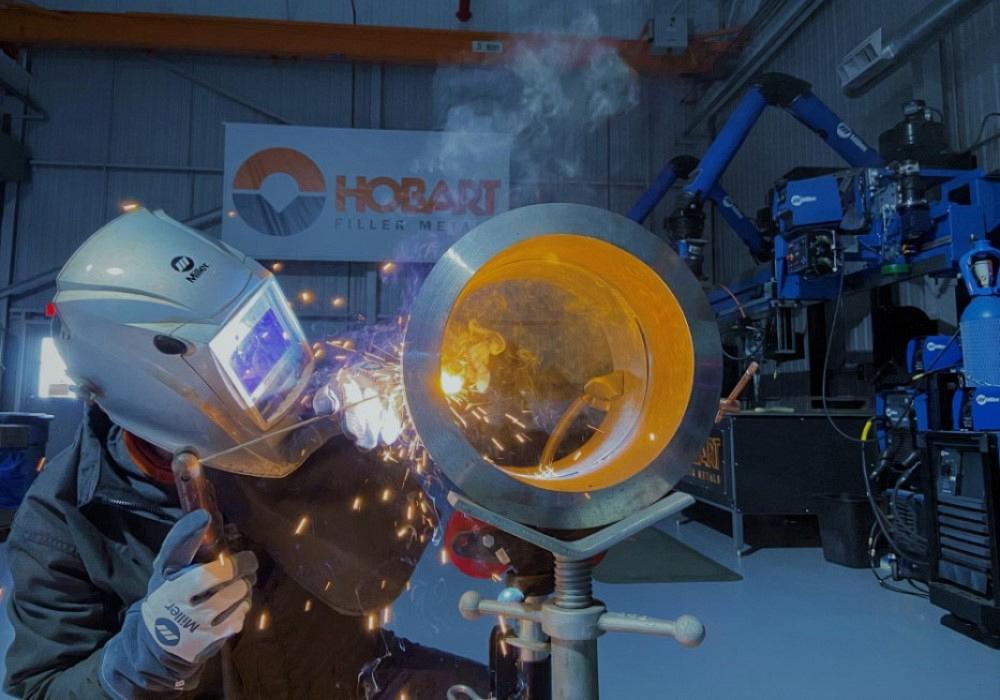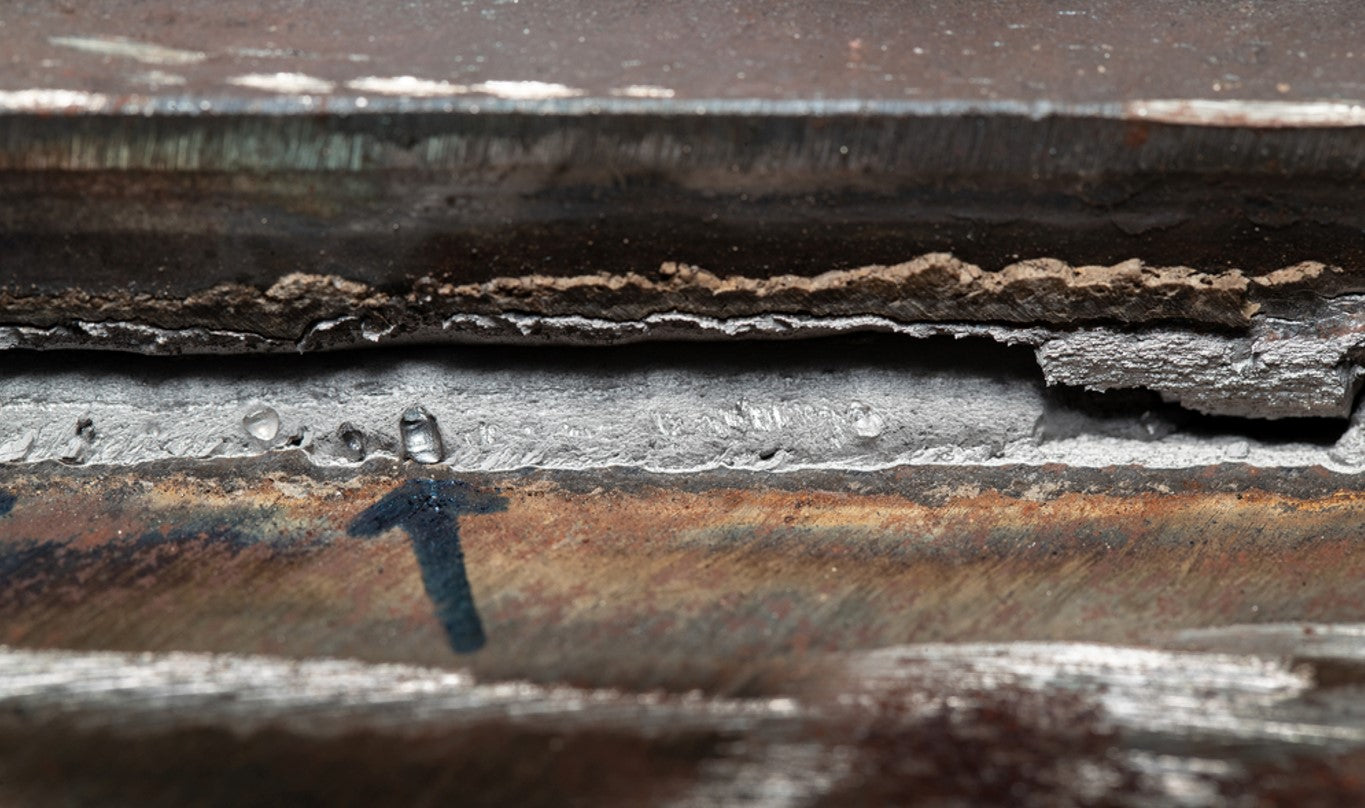Your Full Handbook to Preventing Weld Undercut Like a Pro
Essential Tips for Welders: Protecting Against Undercut Welding and Ensuring Stronger Weld Joints
In the realm of welding, accomplishing strong and long lasting weld joints is the foundation of creating top notch job. One common challenge that welders frequently encounter is undercut welding, which can compromise the integrity of the weld joint.

Recognizing Undercut Welding
Undercut welding is an usual welding issue that takes place when the weld metal fails to appropriately fill the groove and causes a groove-like clinical depression along the weld bead. This issue deteriorates the weld joint, making it vulnerable to cracking and failing under anxiety. Undercutting can be triggered by different aspects, consisting of extreme welding present, high welding speed, inappropriate electrode angle, inaccurate electrode size, and inadequate welding technique.
One of the primary reasons for undercut welding is an imbalance between the welding existing and the welding speed. If the welding current is expensive or the welding speed is too fast, the weld metal may not sufficiently fill the groove, leading to undercutting. Additionally, utilizing an electrode that is also huge can lead to a comparable outcome, as the excess steel can not appropriately stream into the groove.
To avoid undercut welding, welders should guarantee they are using the appropriate welding specifications, maintain an appropriate electrode angle, choose the proper electrode dimension, and method appropriate welding methods. By resolving these elements, welders can decrease the risk of undercutting and produce stronger, a lot more reliable weld joints.
Appropriate Welding Method
Efficient welding technique plays an essential duty in making sure the high quality and stability of weld joints. One essential aspect of correct welding strategy is preserving the right angle and distance in between the welding weapon and the workpiece.
In addition, a stable and regular hand motion is vital for creating strong and resilient weld joints. Welders need to aim for smooth, uniform activities to make certain also distribution of the weld product. Proper manipulation of the welding weapon and filler product is additionally key to attaining optimum penetration and combination.
Moreover, regulating the warm input and picking the ideal welding specifications based upon the material being bonded are critical consider attaining top notch welds - Preventing weld undercut. Welders ought to comply with the advised settings supplied by welding procedure specs and adjust them as required based on the specific demands of the job. By mastering proper welding methods, welders can considerably boost the strength and reliability of their weld joints
Picking the Right Electrode
When thinking about the significance of selecting the ideal electrode in welding applications,Keeping the right angle and distance in between the welding gun and the workpiece is fundamental. The choice of electrode plays a crucial duty in determining the top quality and stamina of the weld joint. Electrodes can be found in different types, each developed for specific functions and products.
First of all, choosing the proper electrode size is vital. Thinner electrodes appropriate for welding thin products, while thicker electrodes are better for thicker products and greater warm applications. Matching the electrode size to the density of the workpiece helps accomplish a balanced weld.
Secondly, comprehending the material composition of the electrode is important. Various electrodes are designed for welding specific products like steel, stainless steel, light weight aluminum, or cast iron. Using the right electrode material ensures excellent fusion and view website decreases the danger of defects in the weld.
Finally, thinking about the welding setting and strategy is vital when choosing the electrode type. Certain electrodes are better suited for upright or overhanging welding settings, while others work well for level Recommended Reading or horizontal settings. Choosing the ideal electrode based on the welding technique improves the total weld top quality and integrity.
Preparing the Base Steel
To make sure an effective welding process, what first steps should be taken when preparing the base metal for welding? Effectively preparing the base steel is essential for accomplishing solid and sturdy weld joints. The first action in preparing the base steel is to clean it completely to remove any type of impurities such as rust, dust, oil, or paint. This can be done using a cord mill, brush, or chemical solvents. Furthermore, any type of existing weld product or residue from previous welding ought to be gotten rid of to make certain a tidy surface for the new weld.

Performing Post-Weld Examinations

After conducting these evaluations, welders must compare the outcomes against sector criteria and task demands to make certain that the weld joint meets all necessary standards. Any type of inadequacies or deviations discovered throughout the post-weld assessment ought to be without delay attended to with suitable restorative measures to guarantee the weld's honesty. By vigilantly carrying out post-weld assessments and promptly resolving any issues, welders can promote the quality and integrity of their job, ultimately contributing to the security and longevity of the welded frameworks.
Final Thought

In conclusion, stopping undercut welding and ensuring stronger weld joints need a mix of appropriate welding method, choosing the appropriate electrode, preparing the base metal correctly, and performing post-weld evaluations. By understanding the root causes of undercut welding and carrying out the essential safety measures, welders can generate top notch weld joints that fulfill industry standards and ensure the structural stability of the bonded components.
Undercut welding is a common welding problem that occurs when the weld steel fails to properly fill up the groove and results in a groove-like depression along the weld bead (Preventing weld undercut). Undercutting can be triggered by different aspects, including extreme welding existing, high welding rate, improper electrode angle, wrong electrode dimension, and inadequate welding technique
One of the primary factors for undercut welding is a discrepancy between the welding existing and the welding speed. If the welding current is as well high or the welding speed is as well quick, the weld metal might not appropriately fill up the groove, leading to undercutting.Preserving the proper angle and distance between the welding gun and the workpiece is fundamental when thinking about the importance of picking the best electrode in welding applications.